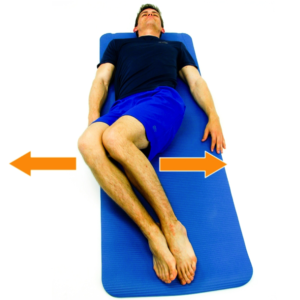What is a HEP?
A HEP is a set of customized exercises that patients complete at home to maintain and improve on therapeutic gains from their Physical Therapy sessions. HEPs are designed to be practical, simple and complimentary so that patients can perform at home with little to no guidance.
Why do I need a HEP?
For almost all physical therapy patients, an essential component of recovery is supplementing your physical therapy sessions with your recommended HEP. Poor compliance with performing the HEP will slow the rehab process and prevent the patient from reaching their physical therapy goals. Here’s an analogy to help drive home the point.
Imagine if you had an infection, and your doctor gives you an antibiotic to take twice a day for 2 weeks. If you skip taking your antibiotics medication for 2-3 days, you don’t give your body the best chance to fight off the infection. The infection persists, and the treatment might take longer and be more expensive. So, performing your HEP is a way of daily taking your exercise medication to supplement the gains made with your physical therapist.
When should I get a HEP?
We as therapist have done you the patient a big disservice if we don’t give you the tools to maintain and progress the gains you make during your sessions with us. A HEP should be provided from day 1 of your therapy and periodically updated as you progress over the weeks and months. Upon discharge from physical therapy, an updated and final HEP should be provided. In the event of symptom exacerbation post physical therapy, your HEP should provide you with tools to manage your symptoms and maintain a state of wellness.
Written by:
Dr. Nelson Emokpae
Physical Therapist at HPT



